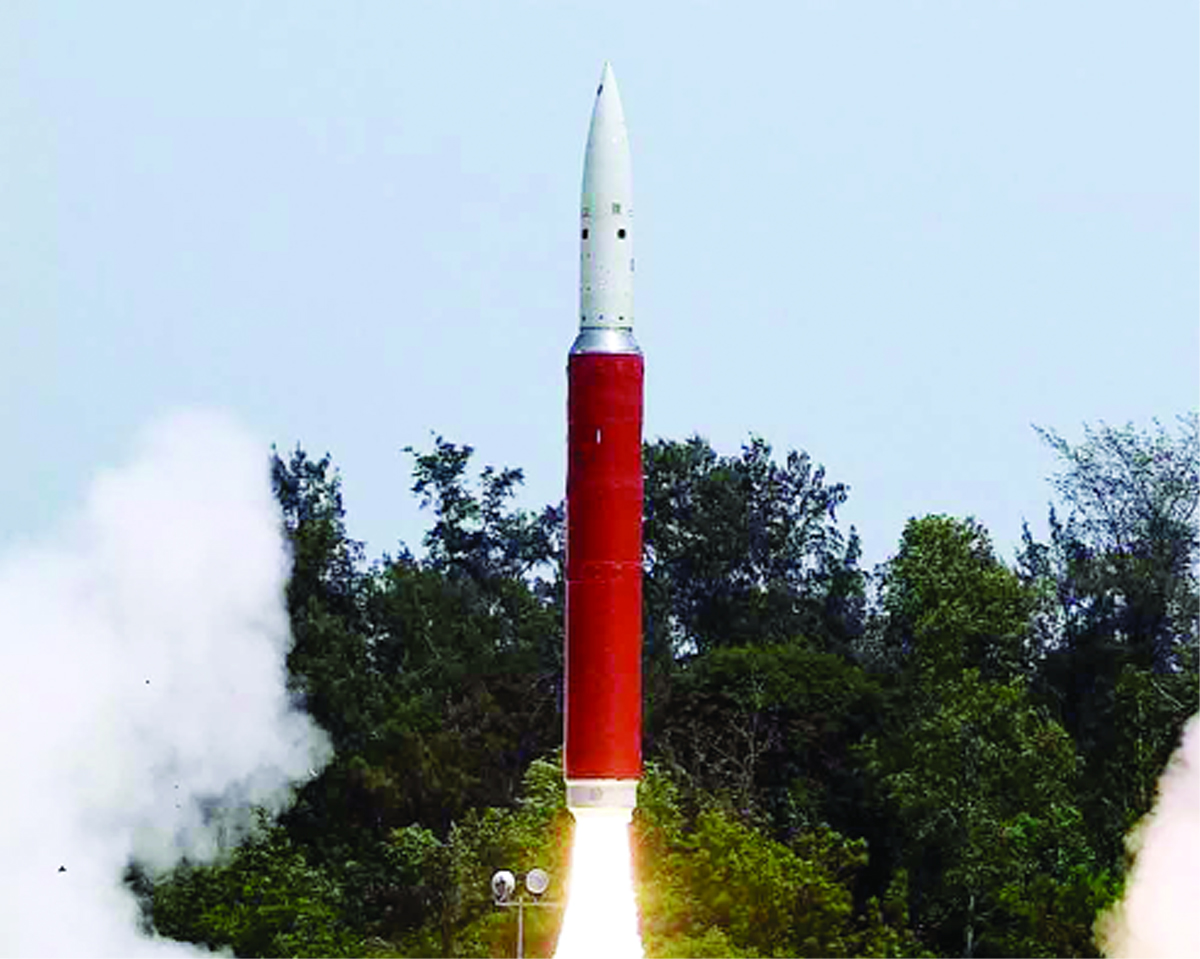Barun Das Gupta
With the shooting down of a Low Earth-Orbiting (LEO) satellite on March 27, India gatecrashed into an exclusive club which had so long three members only – America, Russia and China. The dedicated band of scientists in the DRDO and ISRO who enabled India to acquire this capability deserves the thanks and gratitude of the nation.
What is a low earth orbiting satellite? What does it do? And why is it necessary for a country to acquire the technical capability to shoot down such a satellite of the enemy with an anti-satellite (A-SAT) missile? Well, LEO satellites are used for high speed telecommunications such as e-mail, video-conferencing and paging, which is a method of storage of data in a computer software. It plays an important role in managing memory in a computer’s operating system.
Usually, LEO satellites orbit the Earth from an altitude of 400 to 1000 miles from the surface of the Earth. They have very high velocity – 7.8 kms per second or 28,080 kms per hour. To shoot down such a fast-moving object, the missile has to have a high CEP (circular error probable) which indicates the degree of accuracy with which the missile can hit its target. The Indian satellite that was shot down was orbiting the Earth at an altitude of 300 kms.
LEO satellites are also used for transmission of encrypted data by the militaries of the countries having such satellites. They are used as well for photographing troop concentration and electronic espionage. In times of war, it becomes a matter of paramount importance to be able to destroy such enemy satellites. India’s success in shooting down such a satellite was a clear message to China: “We have caught up with you!” In fact the “catching up” should have taken place at least a decade ago. China conducted its first A-SAT test in 2007 and the US in 2008.
It should be borne in mind that products of latest technologies such as Hypersonic Glide Vehicles are changing the concept of missile deterrence. These missiles are so fast (five times the speed of sound) that it is hardly possible for any missile defence system now in use to intercept and destroy them. The United States, Russia and China are currently engaged in a race to develop better and better types of these missiles. Sooner rather than later, India will also have to join this race to keep up with its adversaries. According to experts, hypersonic missiles will have a major role to play as “core pillars of geopolitics such as geography and technological power can be undermined by hypersonic missiles.” Once they are fully developed and deployed, experts think, traditional methods of deterrence will become obsolete.
It is intriguing to note that having acquired the technology of building hypersonic glide vehicles, the USA is now intent on denying access to this technology to other countries. The excuse is the same specious one – “non-proliferation”. An October, 2017, a report said that the top American defence think-tank Rand Corporation in a paper entitled “Hypersonic missile non-proliferation hindering the spread of a new class of weapons” had advised the US Government to work with Russia and China (the two other countries who have this technology) to deny export of complete hypersonic missiles.”
To be sure, no country will give this weapon to or share this technology with India. As in the case of N-technology, so in the case of hypersonic vehicles, India will have to develop its own technology and gatecrash into the exclusive club of the Big Three.
The scientists of DRDO and ISRO added another feather to their cap by launching India’s first electronic spy satellite EMISAT on April 1. For obvious reasons, not much details about its specific functions have been disclosed but it shows the increasing importance space is acquiring for those entrusted with India’s defence. Whether one likes it or not, space is being more and more militarized, if not “weaponized”.
“Weaponization” is a taboo word because the Outer Space Treaty of 1967, to which India is a party, bars signatory countries from placing weapons of mass destruction in the Earth’s orbit or installing them in the moon. But as space becomes more and more important in a country’s defence against space-launched attack, scientifically advanced countries have started using space for military purposes while not technically violating the treaty.
The development of the anti-satellite (A-SAT) missile is undoubtedly a creditable achievement of Indian defence scientists. But in an era of fast-changing defence technology, there is hardly any scope of resting on our oars. In August last year, China successfully tested its first “wave-rider” hypersonic flight vehicle. It is a weapon capable of breaking through any anti-missile defence systems currently in use. The ‘wave-rider’ is an airborne vehicle that uses shockwaves generated by its own hypersonic flight with the air at a velocity five to six times the speed of sound.
India will have to keep pace with the Big Three in developing defence technology on its own. No other country is going to help us. India will have to pull itself up with its own bootstraps. (IPA)




